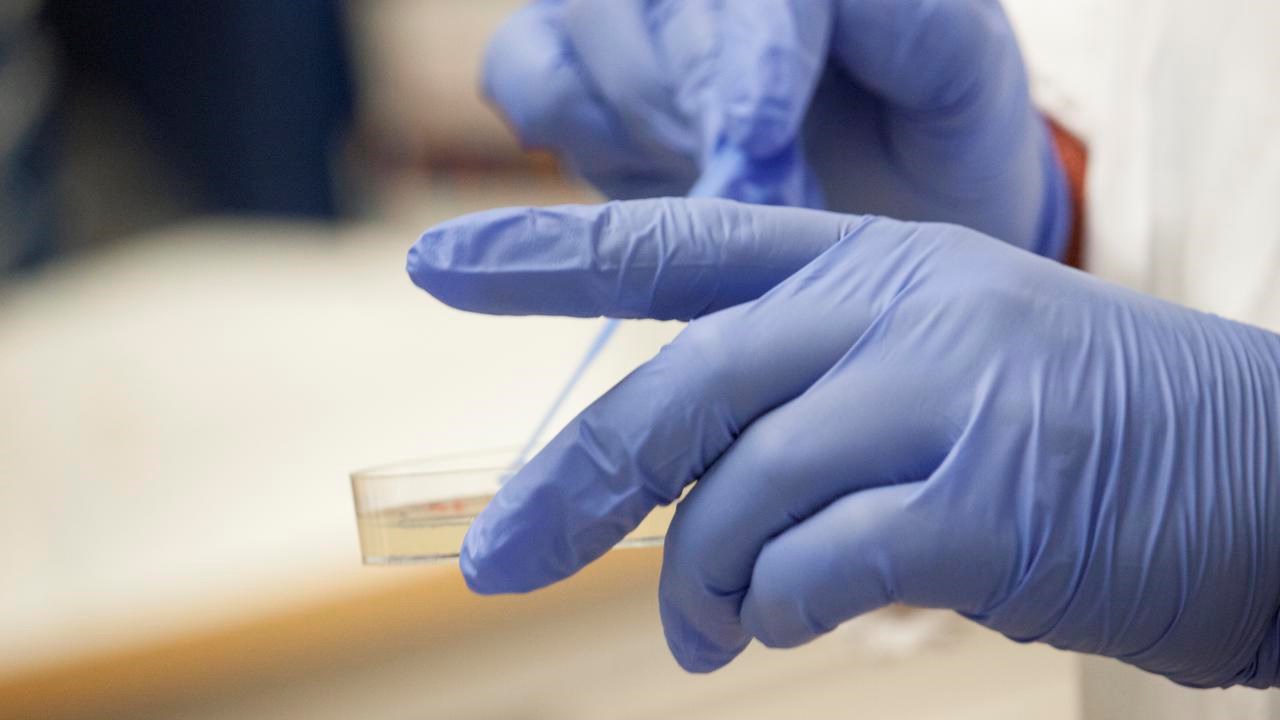Facts about Listeria:
Listeria infection is caused by the bacterium Listeria monocytogenes, which is widely found in nature. The bacterium is found in soil, water, and the intestines of many mammals, including humans. Humans are primarily infected by consuming contaminated food. The bacterium causes the infection listeriosis in humans. In Sweden, between 70 and just over 100 cases are reported annually.




